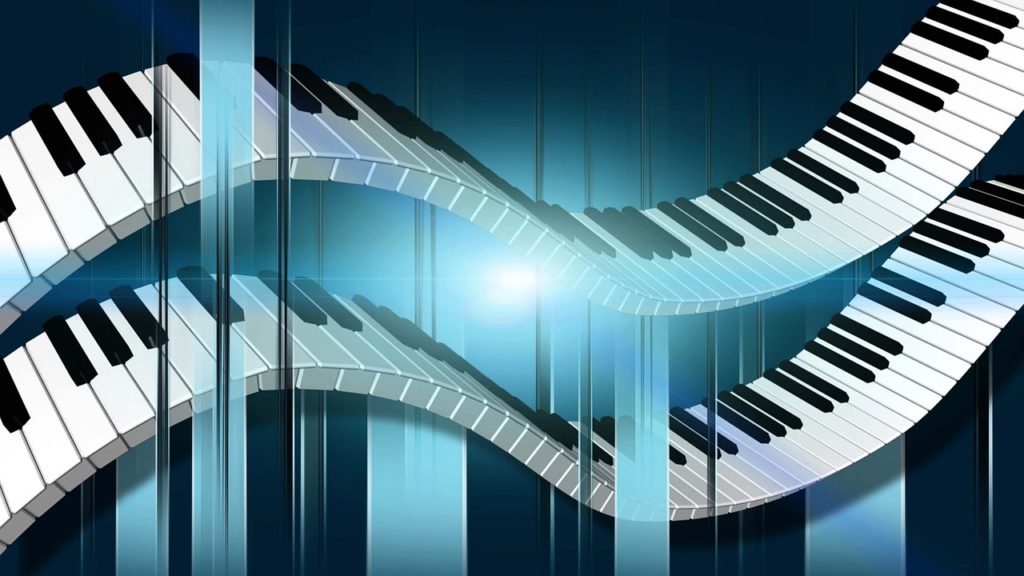Do you want to learn to sing “Angels We Have Heard on High?” In this article, you’ll get the essentials: 1) a video of the song “Angels We Have Heard on High,” 2) the “Angels We Have Heard on High” words, and 3) an easy-to-read shape note score with a sing along song track. Keep reading to celebrate with Christmas music! Estimated reading time 2 minutes.
Read More

